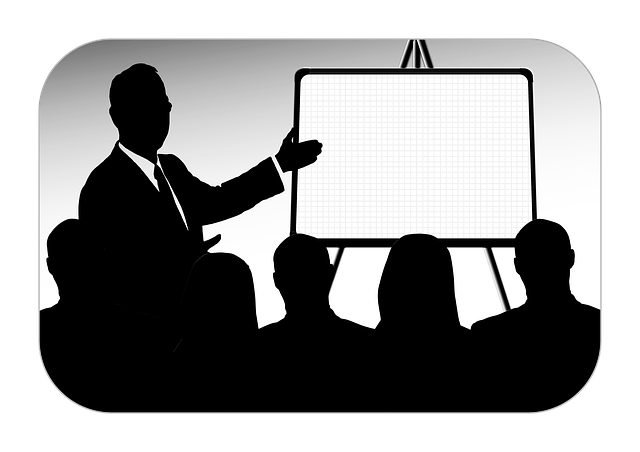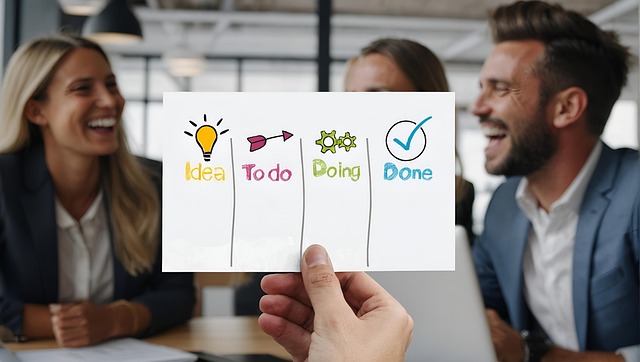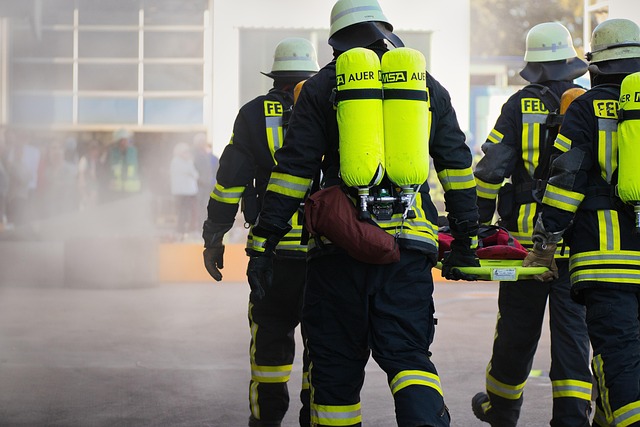The 5S methodology, a lean management tool, optimizes workplace organization and process standardization through sorting, ordering, cleaning, standardizing, and sustaining practices. Integrating Lean Management Principles with 5S training streamlines operations, minimizes waste, enhances productivity, and fosters continuous improvement by eliminating bottlenecks and encouraging employee involvement via visual tools and regular audits, ensuring adaptability in changing scenarios.
In today’s competitive business landscape, efficient and standardized processes are crucial for success. This article explores a comprehensive process standardization system, focusing on key methodologies like the 5S workplace organization approach and integrating Lean Management principles. We delve into effective continuous improvement practices and tools, while also highlighting the importance of measuring success through rigorous evaluation. By combining these strategies, organizations can enhance productivity, reduce waste, and drive operational excellence through 5S continuous improvement initiatives.
- Understanding the 5S Methodology for Workplace Organization
- Integrating Lean Management Principles in Process Standardization
- Continuous Improvement: Key Practices and Tools
- Measuring Success: Evaluating Effectiveness of Process Standardization System
Understanding the 5S Methodology for Workplace Organization

The 5S methodology is a powerful tool within the realm of lean management designed to optimize workplace organization and process standardization. This system involves five distinct steps, each representing a vital component for creating an efficient and streamlined work environment. The first step, Sort, entails eliminating clutter and separating needed items from waste. Next, Set in Order focuses on organizing essential tools and materials for easy access, fostering a structured workflow. Shine takes cleanliness to the next level, ensuring a contaminant-free zone that enhances quality control. The fourth stage, Standardize, involves establishing clear procedures and documenting best practices, enabling continuous improvement through consistent application. Finally, Sustain emphasizes maintaining the 5S principles as a cultural norm, guaranteeing long-term efficiency gains.
By incorporating 5S training into their operations, organizations can achieve remarkable results in workplace organization. This approach not only enhances productivity but also reduces errors and waste, aligning perfectly with the goals of process standardization. The continuous improvement aspect of 5S encourages regular reviews and adjustments, ensuring that the work environment evolves to meet changing business demands.
Integrating Lean Management Principles in Process Standardization

Integrating Lean Management Principles is a pivotal step in enhancing Process Standardization effectiveness. By adopting lean management practices, organizations can streamline operations and minimize waste, aligning perfectly with the core tenets of 5S training. This approach emphasizes workplace organization, where every element serves a purpose, promoting an environment conducive to continuous improvement.
The 5S methodology—Sort, Set in Order, Shine (Clean), Standardize, Sustain—provides a structured framework for implementing lean management. Sort involves eliminating unnecessary items, Set in Order ensures everything has its place, Shine focuses on maintaining cleanliness and aesthetics, Standardize establishes consistent processes, and Sustain drives long-term adherence to these principles. This holistic approach not only enhances productivity but also fosters a culture of efficiency and quality control.
Continuous Improvement: Key Practices and Tools

In the realm of process standardization and workplace organization, continuous improvement is a game-changer. It involves a mindset shift and a set of practices that drive organizations to constantly refine their processes, eliminating waste and enhancing efficiency. One powerful method is the implementation of 5S training, derived from lean management principles. This system encourages employees to sort, set in order, shine (clean), standardize, and sustain, creating an organized and efficient workplace.
Effective continuous improvement strategies also incorporate tools like value stream mapping, which visually represents a process, identifying bottlenecks and areas for enhancement. Kanban boards and Kaizen events are other valuable techniques that foster collaboration and facilitate the quick resolution of issues. By combining these practices and tools, organizations can achieve optimal process standardization, ensuring a streamlined and productive work environment.
Measuring Success: Evaluating Effectiveness of Process Standardization System

The effectiveness of a process standardization system is evaluated through rigorous measurement and continuous improvement. Implementing 5S training and lean management principles forms a robust foundation for workplace organization, enabling employees to understand and embrace standardized processes. This involves clear communication of goals, consistent application of methods, and regular audits to ensure adherence to the established standards.
Key performance indicators (KPIs) are set to track progress, focusing on factors such as increased productivity, reduced waste, improved quality, and employee satisfaction. The 5S continuous improvement methodology encourages a culture of ongoing refinement where problems are identified and resolved promptly. Regular reviews and feedback loops facilitate adjustments to the process standardization system, ensuring it remains fit for purpose in an ever-evolving operational environment.
